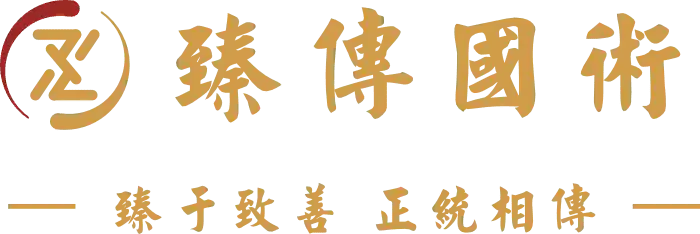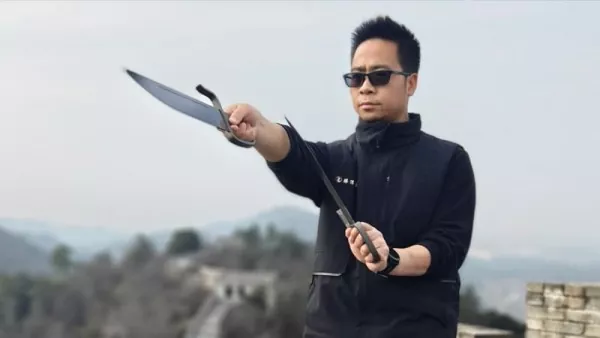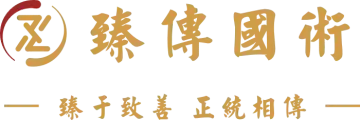Wing chun butterfly swords (also known as wing chun knives) are a distinctive weapon in the Wing Chun system. The term “Baat Jaam Do” refers to the system of techniques that utilizes these weapons, rather than the blades themselves. These knives, often called “Hap Jarm Do” (Joined Palms Knives), are a pair of identical blades. When separated and crossed flat, their shape resembles that of a butterfly, which is why they are commonly referred to as “butterfly swords.” As part of wing chun weapons, they provide unique advantages in combat, emphasizing speed, precision, and versatility in close-range fighting.





So cool
In modern society, do we really need these techniques? Although I like them and I’m also learning them, I’m still torn about this question.
It’s so brutal. One slash ripped open the opponent’s stomach.
What should I do if I’m holding a knife while the other person is holding a gun?
…………
Master Liu started from the very basics, teaching us the proper grip of the knives, basic stances, and fundamental movements. His teaching method was extremely systematic. He broke down each complex movement into simple parts and let us practice them step by step. For instance, when demonstrating the combination of slashing and blocking movements, he would first show the slow – motion version, highlighting the key points of wrist rotation and body coordination. Then, he would gradually increase the speed for us to imitate.
Why is there only an English version? I need an Arabic version.
This course gave me a fresh perspective on weapon combat strategies—it’s not just about attacking but also controlling the fight. Truly eye-opening
This course is not just about blade techniques but also a deep dive into combat strategy.
The course is rich in content and well-explained, but I wish some key details were shown in slow motion more often.
The slow-motion replays helped me refine every crucial detail.
The footwork is stricter than I expected.
I’ve learned to use movement to gain an advantage, not just slash wildly.
This course demands strong wrist control, but thanks to the training, my wrist strength has greatly improved,
The teaching quality is excellent, and the breakdown of techniques is detailed. However, multi-angle shots for some demonstrations would make it even better.
The translation is very natural, not robotic. It’s easy to understand
The practical demonstrations are the highlight. Seeing Baat Cham Dao applied in different scenarios bridges theory and practice perfectly.
This course has definitely improved my blade techniques, but the practice segments move a bit fast—beginners may need to replay them multiple times.
The techniques are highly adaptable, yet the core principles remain constant. Once I grasped the fundamentals, combining moves felt natural.
At first, I thought the techniques were too complex, but after practicing, I realized how logically structured and fluid they are.
The strict stance and footwork training really improved my overall coordination. It feels like reprogramming my body.
It would be even better if more analysis could be done on the application scenarios of some of the moves.
Blade techniques are not just about attack but also defense and control.
From basic techniques to combination attacks, every lesson is explained in detail.
Practicing Baat Cham Dao deepened my understanding of Wing Chun’s core philosophy
The teaching pace is well-balanced
giving me truly practical skills.
This isn’t just about learning forms; it’s a complete combat system that’s highly beneficial for real-world training.
Clear logic, fast-paced, and highly recommended.
After training with Baat Cham Dao, my coordination and reaction speed improved significantly. It’s more challenging than just practicing empty-hand forms.
Every detail is broken down clearly